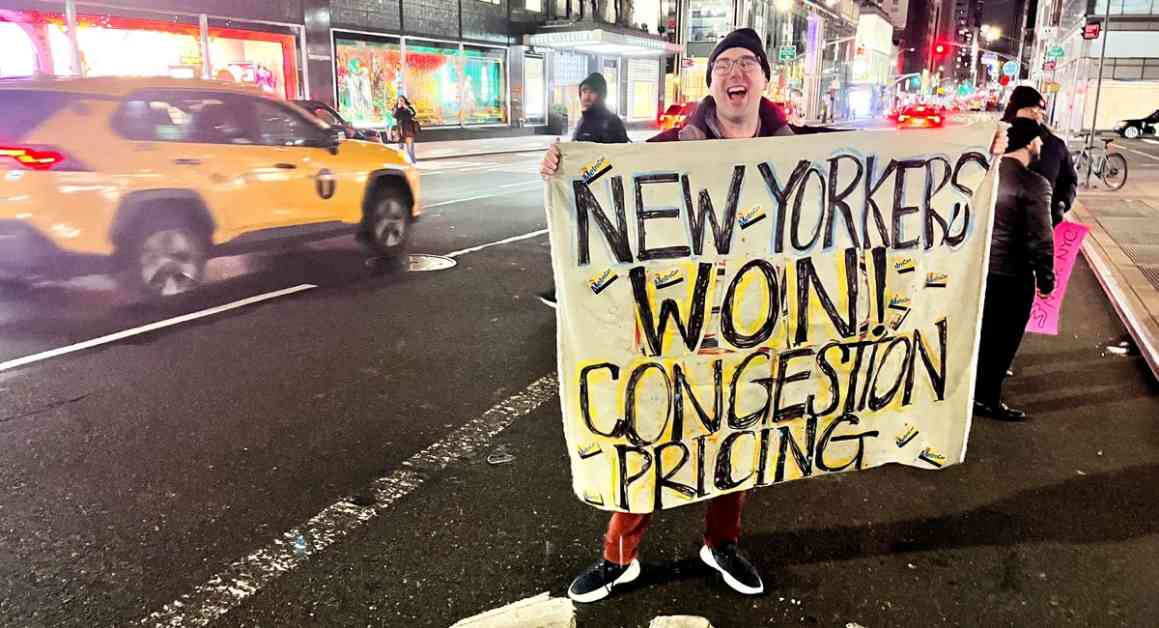New York City Launches Congestion Pricing with $9 Fee for Manhattan Drivers
New York City’s congestion pricing tolls were officially implemented just after midnight on Sunday, putting an end to a lengthy battle to charge drivers for entering the busiest areas of Manhattan. The tolls, which require a base daytime fee of $9 for vehicles traveling into Manhattan south of 60th Street, represent the first program in the United States to enforce charges for entering a city’s central business district, with the funds allocated towards enhancing mass transit systems. The fees decrease to $2.25 during overnight hours and went into effect in the early hours of Sunday morning. The launch elicited a mixed response, with transit advocates celebrating the initiative while drivers viewed it as an additional tax burden.
Supporters Embrace Congestion Pricing
Brandon Chamberlin, a 39-year-old resident of Park Slope who grew up in the West Village, eagerly drove into Manhattan to be among the first to pay the toll. Alongside fellow advocates, he expressed his excitement about the long-awaited implementation of congestion pricing, stating, “$2.25 for New York City on a Saturday night. It’s the best deal there is.” Chamberlin’s enthusiasm was shared by many supporters who gathered to witness the tolls in action, despite the freezing temperatures.
Critics Express Discontent
However, not all New Yorkers were thrilled about the new tolling system. Michael Alvarez, a 27-year-old from Jamaica Queens, voiced his opposition, stating, “I hate it. I don’t think us New Yorkers, we deserve this… They’re making us pay so much money for what? For nothing.” Alvarez’s sentiments reflect the concerns of many drivers who feel burdened by the additional costs of commuting into Manhattan.
Impact on the Community
The implementation of congestion pricing has sparked a range of emotions within the New York City community. While some view it as a critical step towards reducing traffic congestion and improving public transportation, others are skeptical about the effectiveness of the program and its impact on everyday commuters. As the city navigates this significant change in its transportation policy, the reactions from residents highlight the diverse perspectives surrounding the issue.
Looking Ahead
As New York City adjusts to the new congestion pricing scheme, it remains to be seen how drivers, advocates, and policymakers will adapt to the evolving transportation landscape. The launch of the tolls marks a pivotal moment in the city’s efforts to address traffic congestion and enhance sustainable transportation options. With both supporters and critics voicing their opinions, the debate surrounding congestion pricing is likely to continue as New Yorkers navigate this transformative change in urban mobility.












